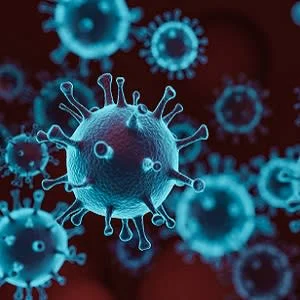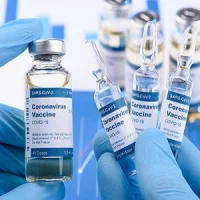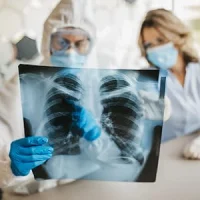During the first few months of the coronavirus disease, it was being suggested that severe COVID-19 may represent a hyperimmune disorder, similar to secondary haemophagocytic lymphohistiocytosis (sHLH) and macrophage activation syndrome (MAS). Cytokine storm, elevated plasma levels, ferritin and inflammatory biomarkers are all typical signs of sHLH/MAS. But in many severe cases, T cells were found to be decreased, indicating T cell lymphopaenia may also be a prognostic marker to be considered when monitoring COVID-19 patients. sHLH occurs in around 4.3% of sepsis cases, and in COVID-19 patients with massive hyperinflammation, a diagnosis of sHLH/MAS may be appropriate.
More recently, COVID-19 has been compared with sepsis. Severe COVID-19 may represent a novel form of viral sepsis characterised by T cell deficiencies, systemic hyperinflammation and COVID-19-associated coagulopathy. However, there is a need for more investigation to understand the relationships between these clinical features and organ failure.
COVID-19 offers different clinical pictures in different patients, ranging from asymptomatic or mild infections in children and young adults to lethal sepsis-like illness in elderly patients. In younger patients, T cell immunity is more pronounced and active, which could explain the mild impact, but in the elderly, there is a decline in T cell functions, which could possibly be the reason for this condition often turning into a life-threatening disease.
With all these different clinical manifestations, it is important to develop a greater understanding of coronavirus disease. From hyperinflammatory features observed in sepsis, sHLH/MAS, and cytokine release syndrome to impaired T cell function, what is the common ground and which areas need to be targeted when determining an effective treatment approach? If we apply the effect T cells have in children and young adults, it might be possible to treat the disease by a reversal of T cell impairment, which would improve viral clearance and allow faster control of the infection.
SARS-COV-2 is a new pathogen with a sepsis-like manifestation. Its clinical characteristics, including hyperinflammation, T cell deficiencies, coagulation abnormalities, and organ dysfunction, are consistent with a diagnosis of viral sepsis, but there is still a need for more clarity so that effective treatment approaches can be developed and patient outcomes can improve.
Source: Critical Care
Image Credit: iStock










